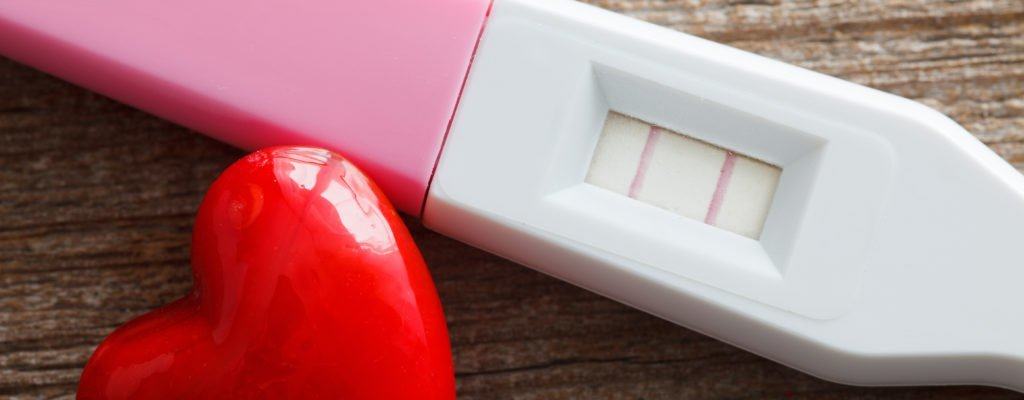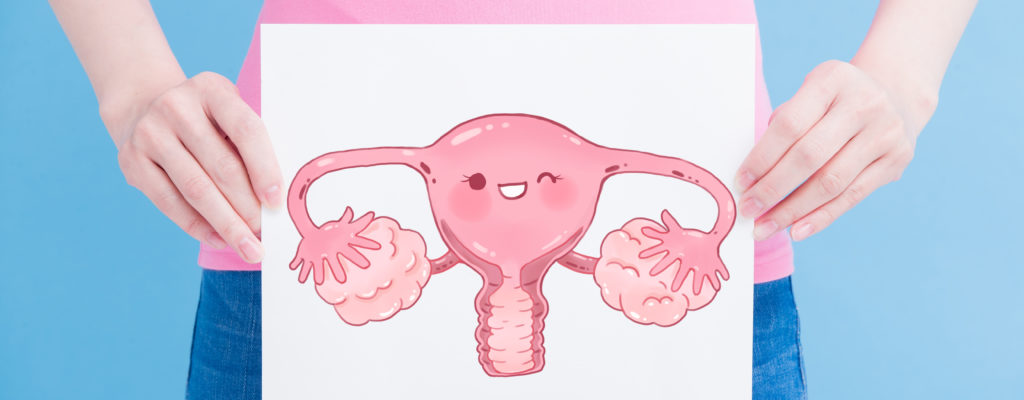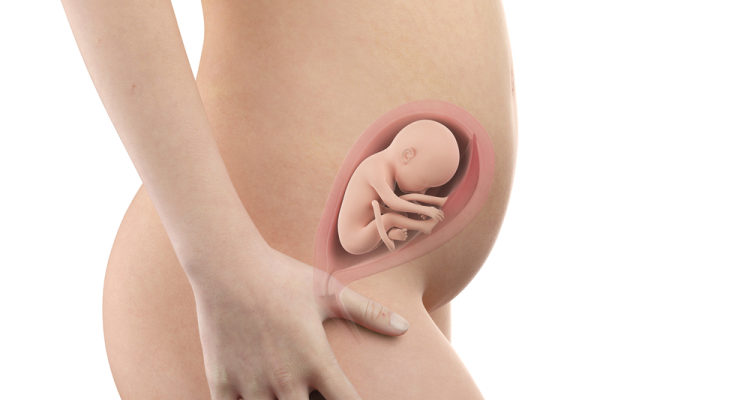Even if you have a surgical removal of the ovary, you still have a chance of getting pregnant and being a mother like any other woman.
In many cases, women with only 1 ovary can get pregnant just as easily as someone with two full ovaries. For medical reasons, some women may surgically remove one ovary or congenitally have only 1 ovary from birth.
If the procedure to remove the ovaries damages the fallopian tubes or leads to the removal of one or both of the fallopian tubes, you may have difficulty getting pregnant. In this case, please consult an obstetrician. If the fallopian tube is okay, a woman with only 1 ovary will still respond well to fertility treatments and not have any problems.
The reason why women have to cut one ovary
Unilateral removal of the ovary is a surgical procedure to remove the ovaries and sometimes a fallopian tube. Removal of both ovaries is deemed unnecessary if at least one of the ovaries is working properly. If you have one of the following conditions, surgery for your ovaries may be considered:
1. Ovarian cyst
Ovarian cyst is a small mass of liquid or solid appearing above the surface or inside the ovary. Many women with ovarian cysts show no symptoms, but some women with large cysts or polycystic ovarian syndrome (PCOS) may experience other signs in addition to pain. In such a case, 1 side of the ovary will need to be removed.
Ovarian cancer
Ovarian cancer begins when cells in the ovaries mutate and multiply uncontrollably. Women with a family history of breast cancer or ovarian cancer have a higher risk of developing this type of cancer. This will cause you to amputate one of the ovaries.
3. Endometriosis
During menstruation, the lining of the uterus falls off and leaves the vagina along with the blood that makes up the period. However, this will not happen if you have endometriosis . Infection causes tissue in the uterus to grow outside the uterus and into the fallopian tube.
These improperly grown tissues are still functioning properly as uterine tissues, so they shed and bleed during menstruation. However, as these tissues grow outside the uterus, blood cannot flow out of the body but accumulates, causing internal bleeding and infection, leading to many other dangerous symptoms. This puts you at risk of having to remove one of the ovaries.
4. Ovarian abscess
In many cases, due to an infection, a purulent sac forms in the ovary. This is called an abscess. In some such cases, an abscessed ovary may need to be removed.
The possibility of getting pregnant when there is only one ovary

Can a woman with only one ovary become pregnant? The answer is yes. The chance of getting pregnant in a person with only one ovary is about the same as a person with two ovaries.
What is essential in pregnancy is the reason you have to have your ovaries removed. If your ovaries have to be removed because of a serious condition, your fertility will decrease.
Plus, the most important thing about getting pregnant with only one ovary is that the fallopian tubes in this ovary are healthy. The fallopian tube's primary role includes capturing eggs when an egg is released. If an egg can reach the uterus through the fallopian tube, you shouldn't have fertility problems.
Each month the ovaries will release 1 fruit. If you only have one ovary, your body can still do this cycle. If the ovaries are not adjacent to the fallopian tubes, the fallopian tubes must be healthy for the eggs to reach the tube. However, this increases your risk of an ectopic pregnancy .
How to get pregnant with only 1 ovary
Ovulation is normal in most women with an ovary, and they have no problems getting pregnant. If you are thinking about having a baby, consider these tips:
Step 1: See an obstetrician
Your doctor may recommend an ultrasound to check your ability to function and release the eggs at the right time. Other tests will also be done to make sure you don't have to face any other complications that could impair fertility.
Step 2: While trying to conceive, keep an eye on the menstrual cycle
Keep track of your period and mark the days when you think an egg is likely to be released. From the first day of the menstrual cycle, the ovaries will release 1 regular egg between day 11 and day 21 (for people with a 28-30 day menstrual cycle). However, an egg can also be released at any time during the cycle.
Step 3: Watch for signs of ovulation
When ovulation occurs, you should feel a change in the cervical mucus. Also, during ovulation, your body temperature may rise slightly. So, don't ignore these signs of ovulation .
Step 4: Have sex at the right time
Sperm can persist in a woman's body for several days. Meanwhile, eggs can last for less than 24 hours after ovulation. So, have sex a few days before ovulation or during ovulation. This will increase your chances of getting pregnant.
Step 5: Pregnancy test
Pregnancy test done two weeks after ovulation (for women with regular menstrual cycles 28-30 days). If the result is negative, repeat these steps in the next menstrual cycle. It may take a few months for the conception to be successful, but don't give up, keep trying. However, if you cannot have good news within 6 to 12 months, see your doctor.
You may be interested in the topic:
How dangerous is uterine prolapse during pregnancy?
Amniocentesis: Dangerous but difficult to detect
How normal is vaginal discharge during pregnancy?












